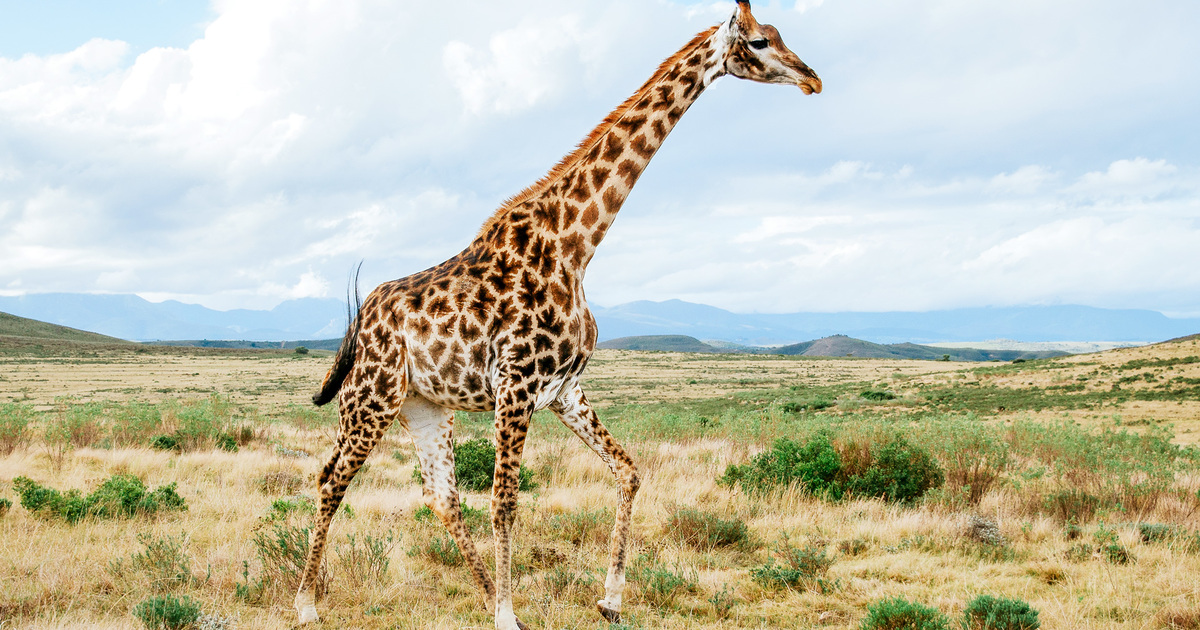
In the grand tapestry of life, the term “animal” conjures a myriad of images, from the microscopic wonders that elude the naked eye to the majestic creatures that dominate vast landscapes. These beings, with their diverse forms and functions, collectively contribute to the intricate dance of ecosystems, a term that encapsulates the harmonious interplay of life on Earth.
Ecosystems: Nature’s Living Tapestry
Ecosystems, the intricate webs of life, are where animals play their roles as protagonists. Picture a rainforest, a bustling symphony of biodiversity where each creature, big or small, contributes to the delicate balance. The ecosystem is not merely a backdrop; it’s a living tapestry woven by the actions and interactions of animals.
In the heart of these ecosystems, animals forge connections, forming symbiotic relationships that sustain life. Consider the pollination dance between bees and flowers—an elegant partnership that highlights the interdependence within the natural world. These interactions, often unseen, are the threads that bind the fabric of ecosystems.
Microcosms of Life
Ecosystems are not limited to grand landscapes; they exist even in the minutiae of life. Microbial ecosystems in soil, for instance, harbor a hidden world of microorganisms crucial for nutrient cycling. In the microscopic realm, animals such as nematodes navigate a labyrinth of soil particles, contributing to the intricate balance of these unseen ecosystems.
The term “animal” extends beyond the charismatic megafauna to encompass these smaller, often overlooked beings. In the grand narrative of life, every creature, no matter how diminutive, plays a vital role in maintaining the resilience and diversity of ecosystems.
The Dance of Adaptation
Survival in the realm of ecosystems hinges on adaptation—an evolutionary dance where animals fine-tune their traits to navigate challenges. Take the example of the fennec fox, a master of desert ecosystems. With large ears that dissipate heat and fur that provides insulation, it exemplifies the art of adaptation to thrive in arid environments.
From the intricate camouflage of leaf-tailed geckos to the bio-luminescence of deep-sea creatures, the animal kingdom showcases a diverse array of adaptations that allow species to carve niches within ecosystems. These adaptations are the result of eons of evolutionary experimentation, each refinement adding to the complexity of life’s grand experiment.
The Ethical Tapestry
As custodians of the planet, humans are entwined in the ethical considerations of our interactions with animals and ecosystems. Conservation initiatives, driven by a recognition of the fragility of ecosystems, seek to preserve biodiversity and protect endangered species.
Ethical wildlife tourism, a burgeoning movement, encourages responsible exploration of ecosystems without disrupting natural behaviors. It’s a delicate balance—appreciating the wonders of the animal kingdom while ensuring the preservation of their habitats and the broader ecosystems they inhabit.
Threats to Ecosystem Harmony
While ecosystems are resilient, they face an increasing array of threats in our rapidly changing world. Habitat destruction, climate change, and pollution disrupt the delicate balance that sustains life. The consequences ripple through ecosystems, affecting not only the animals but the entire interconnected web of life.
The disappearance of a single species can set off a chain reaction, a domino effect that reverberates through ecosystems. It underscores the fragility of the delicate tapestry of life and emphasizes the urgency of addressing environmental challenges to safeguard the future of ecosystems.
Beyond the Surface
As we navigate the complexities of the animal kingdom and ecosystems, it becomes evident that our understanding is a perpetual journey. Every revelation, every discovery, peels back layers of mystery, revealing new facets of the interconnected web of life.
The term “animal” is not a static concept; it’s a dynamic force that beckons exploration and study. In the ceaseless evolution of ecosystems, animals are both architects and actors, shaping the narratives that unfold in the natural world.
In conclusion, the enigmatic world of animals and ecosystems is a testament to the complexity and beauty of life on Earth. As we delve deeper into this tapestry, let us not only appreciate the charismatic megafauna but also acknowledge the significance of every thread—the small, the microscopic—that weaves the intricate fabric of ecosystems.
